Out Now
The AI Issue
Current Issue
The AI Issue
OCT - NOV 2025

We often naturally default to ‘people like us’. But that’s not always the best approach to recruitment. Here’s an alternative.
 |
 |
|
| OUR PANEL |
Mac Donovan |
James Wright |
| How can bias affect recruitment? |
Being unable to acknowledge and check your own biases can lead to making incorrect judgment calls on candidates who may otherwise be a great fit. Many recruiters will identify neurodivergent candidates as a poor fit, causing them to miss out on otherwise perfect opportunities. Neurodivergent individuals face some of the highest barriers to entry into the workforce in Australia (they face a 34% unemployment rate), which is why we take strides to be aware of and avoid bias in the recruitment process, as many of our staff, around 80%, are neurodivergent. |
Bias in recruitment can lead to unfair hiring practices, excluding talented candidates from marginalised groups. This often results in a lack of diversity, innovation, and inclusion within the workplace, which can negatively affect team dynamics and overall company performance. |
| How can it manifest itself in the recruitment process? |
Biases manifest in multiple ways, especially bias against neurodivergent individuals. There is still a stigma surrounding neurodivergent candidates, which can lead to recruiters dismissing otherwise excellent candidates based on preconceived judgements. This leads to a recruitment process where some candidates are heavily disadvantaged and unable to secure work they may otherwise be a perfect fit for. |
Bias can manifest in recruitment through unconscious prejudices, stereotypical thinking, and favouritism towards certain groups. This often shows up in the language of job postings, resume screening, interview questions, and subjective evaluation criteria, leading to unfair treatment of marginalised candidates. |
| How does a company know if they’ve got bias in their recruitment process? |
A company can identify recruitment bias by reviewing hiring practices, workforce demographics, and candidate feedback. Unexplained homogeneity in the team or a lack of qualified, diverse applicants despite outreach efforts could indicate bias. Reviewing resumes with identifying information removed and analysing interview scores for patterns across demographics can also reveal hidden biases. It can be difficult to identify the biases of the system in which you operate, but by paying attention to recruitment outcomes, you can do so. |
Companies can identify bias in their recruitment process by analysing hiring data for patterns of discrimination, conducting regular diversity audits, and seeking feedback from employees and candidates. Discrepancies in the representation of marginalized groups are strong indicators of bias. |
| What are some outcomes related to this, and what impact does it have on the company? |
This can lead to the best candidate missing out on any given opportunity, meaning that entire teams are built from candidates who may not be the best fit. Over time, this can lead to a lower quality of work, a higher volume of work, and a lower level of performance from a team than would otherwise be possible without bias. Neurodivergent candidates are particularly at risk of this, where the recruiter’s biases can prevent a perfect fit from being considered. |
Bias in recruitment can lead to homogenous teams, decreased employee morale, and lower retention rates. It stifles innovation and creativity, making the company less competitive. Moreover, it can damage the company’s reputation and limit its ability to attract diverse talent, ultimately affecting overall performance. |
| What are some things we can do to eliminate bias in the recruitment process? | Within ASA, a concerted effort has been made to ensure we do not disadvantage our neurodivergent candidates. We provide the questions of our interview 48 hours in advance to remove some of the anxiety that comes with interviewing, we also have our junior staff participate in interviews to offer their opinions and perspectives. Doing these things ensures that our candidates come into our interviews feeling supported and welcome. |
To reduce bias, companies can use strengths profile assessments to focus on candidates’ abilities and potential rather than personal characteristics. Implementing structured interviews, diverse hiring panels, and bias training for recruiters can also promote fairer employment outcomes for marginalised groups. |
Keep up to date with our latest news and competitions by subscribing to our regular newsletter.

Issue 183
OCT - NOV 2024

Issue 182
AUG - SEPT 2024

Issue 181
JUN - JUL 2024

Issue 180
APR - MAY 2024

Issue 179
FEB - MARCH 2024
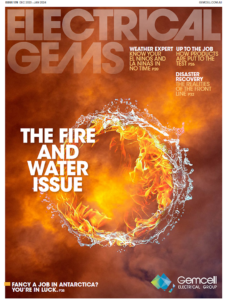
Issue 178
DEC 2023 - JAN 2024

Issue 177
OCT - NOV 2023

Issue 176
AUG - SEPT 2023

Issue 175
JUN - JUL 2023

Issue 174
APR - MAY 2023

Issue 173
FEB - MAR 2023

Issue 172
DEC 2022 - JAN 2023

Issue 171
OCT - NOV 2022
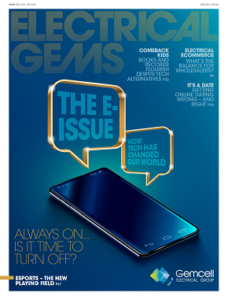
Issue 170
AUG - SEPT 2022

Issue 169
JUN - JUL 2022

Issue 168
APR - MAY 2022

Issue 167
FEB - MAR 2022
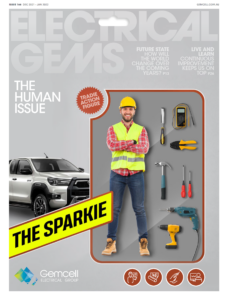
Issue 166
DEC 2021 - JAN 2022

Issue 165
OCT - NOV 2021

Issue 164
AUG - SEPT 2021

Issue 163
JUN - JUL 2021

Issue 162
APR - MAY 2021

Issue 161
FEB - MAR 2021
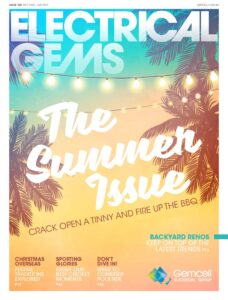
Issue 160
DEC 2020 - JAN 2021
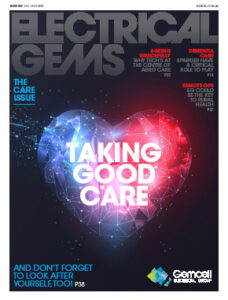
Issue 159
OCT - NOV 2020

Issue 158
AUG - SEPT 2020

Issue 157
JUN - JUL 2022

Issue 156
APR - MAY 2020

Issue 155
FEB - MAR 2020

Issue 154
DEC 2019 - JAN 2020

Issue 153
OCT - NOV 2019

Issue 152
AUG - SEPT 2019

Issue 151
JUN - JUL 2019

Issue 150
APR - MAY 2019

Issue 149
FEB - MAR 2019

Issue 148
DEC 2018 - JAN 2019

Issue 147
OCT - NOV 2018

Issue 146
AUG - SEPT 2018

Issue 145
JUN - JUL 2018

Issue 144
APR - MAY 2018

Issue 143
FEB - MAR 2018

Issue 142
DEC 2016 - JAN 2017

Issue 141
OCT- NOV 2017

Issue 140
AUG - SEPT 2017

Issue 139
JUN - JUL 2017
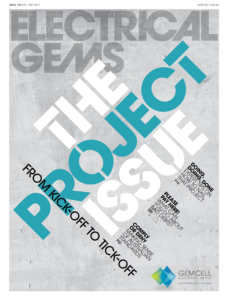
Issue 138
APR - MAY 2017

Issue 137
FEB - MAR 2017

Issue 136
DEC 2016 - JAN 2017

Issue 135
OCT - NOV 2017

Issue 134
AUG - SEPT 2016

Issue 133
JUN - JUL 2016

Issue 132
APR - MAY 2016

Issue 131
FEB - MAR 2016

Issue 130
DEC 2015 - JAN 2016

Issue 129
OCT - NOV 2015

Issue 128
AUG - SEPT 2015

Issue 127
JUN - JUL 2015

Issue 125
APR - MAY 2015

Issue 125
FEB - MAR 2015

Issue 124
DEC 2014 - JAN 2015

Issue 123
OCT - NOV 2014

Issue 122
AUG - SEPT 2014

Issue 121
JUN - JUL 2014

Issue 120
APR - MAY 2014

Issue 119
FEB - MAR 2014

Issue 118
DEC 2013 - JAN 2014

Issue 117
OCT - NOV 2013

Issue 116
AUG - SEPT 2013

Comments (0)
Write a Comment